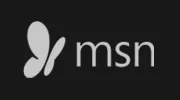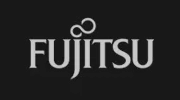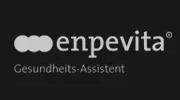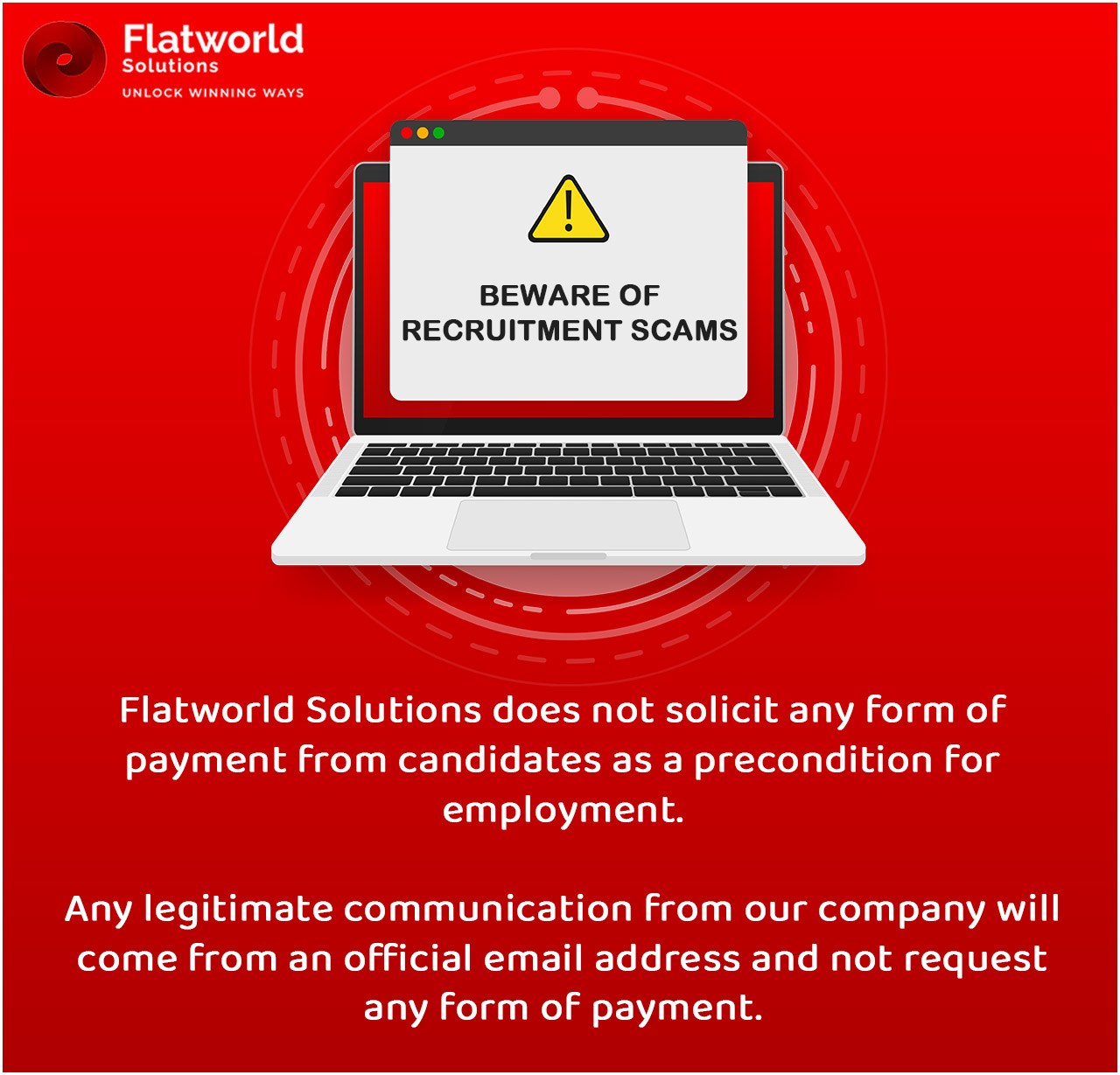Transition Process
Our transition process is a carefully thought out plan through which we ensure that your outsourced business process is transferred offshore using your existing processes with minimal disruption.
Transition is a comprehensive outsource plan through which we connect to you to expand your possibilities. Our previous experiences have taught us that a process is much easier to manage in a stable environment. Transition involves many moving parts, which could give rise to many challenges and be fraught with potential pitfalls. We have developed a transition tool kit based on our experience to ensure a quick startup and minimal disruption to services during transition.
Based on our methodology and experience in migrating services, we have identified the following stages for migrating the process to our facility in India:
Analysis
Transition
Pilot/Operations
Ramp Up
1. Analysis
This is a critical stage in the Service Delivery Model. The transition team that will be exclusively assigned needs to have cross-functional skills to make it a success.
The transition team assigned by Flatworld will be familiar with process transition and migration methodology, operations, technology, training, quality and mapping of the HR requirements. This team would acquire knowledge on your existing process and the packages used.
The key objective of this exercise is replication of the process, organization structure and work management process. The team would also define measurable results to compare productivity of the existing customer's team and the proposed Flatworld team. Based on our preliminary estimates, we assume the process would last for about two to four weeks.
The Flatworld team will study the available documentation on the processes like process maps, Standard Operating Procedures (SOP), Manuals, training material, performance data and metrics.
Our Analysis involves various aspects such as a basic understanding of the process through the study of available documentation on process maps, SOPs (Standard Operating Procedures), performance data and training material. We need to validate these through one-on-one and group solutions so that there is no room for any deviation from the document specifying the service and the actual service. This can help us identify broad costs of running the actual service.
We need supreme understanding of the skills required and the training that needs to be conducted for the proposed team and technology that might impact the transition process.
During Analysis we need a project plan for transition with broad responsibilities, time frames and costs including factors that could impact productivity, risk parameters and de-risking strategies, review of implementation options, service requirements and expectations.
Analysis demands a high degree of involvement from your resources. To facilitate this we recommend you to ensure the availability of key personnel currently managing/assisting in service delivery of identified services. Personnel could be:
A project Manager who will be the company's single point of contact
Operations Manager
Quality Coordinator
HR manager for recruitment
Team leader/supervisor
2. Transition
What we have arrived at after analysis is implemented here. It is in this phase that our resources at Flatworld work with your representatives on-site in your location and off-site at our facility to ensure that we are complying with your procedures and are have sturdy operations.
This stage involves:
The project schedule
The process of understanding the process, which could be marked by the creation of process maps
Obtain sign off from the customer after formalizing SOPs for the adapted process
Initiate training road maps, activities based on requirements, training plan and On-the-Job Training including 'Train the Trainer'.
Map the skills required and the profiles of manpower required to run and supervise the process
Work with the customer to identify how a cost effective train-the-trainer program can be implemented
Identify additional training material that might need to be created and work with customer to create the material, if required
Operating conditions for the adapted process to run
Critical Performance Measures (CPMs)
Communication
Recruitment
3. Pilot/Operations
We carry out a pilot for you, a small-scale operation before you can be convinced to give us the bulk of your work. This is a procedure by which we veto all chances of not falling in line with your requirements and approach. Once you are certain that we have understood your requirements perfectly we can do a ramp up.
4. Ramp up
In a ramp up we can extend operations of the adapted process by hiring more people or taking on more work depending on your requirement. Ramping up can be a continuous process subject to your business.
The smooth operations of the adapted process convince our transition team that production has begun and the need for implementation no longer exists. After internal sign offs and reviews, the responsibility of the process is handed over to the Operations Service Delivery team.
Read more about Flatworld's global delivery network.
Find out more about Flatworld's partnership with the home of hope.
Read about Flatworld's partnership with the Prison Fellowship of India.
Expand your business possibilities with Flatworld!
CLIENTS






Case Studies

USA
Flatworld Solutions
116 Village Blvd, Suite 200, Princeton, NJ 08540
PHILIPPINES
Aeon Towers, J.P. Laurel Avenue, Bajada, Davao 8000
KSS Building, Buhangin Road Cor Olive Street, Davao City 8000

